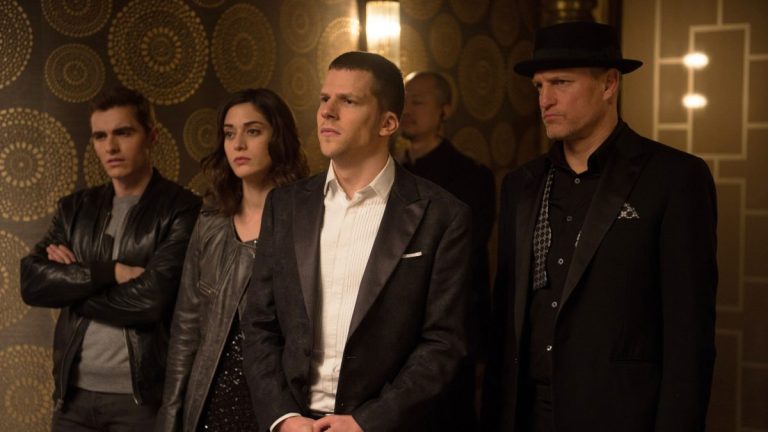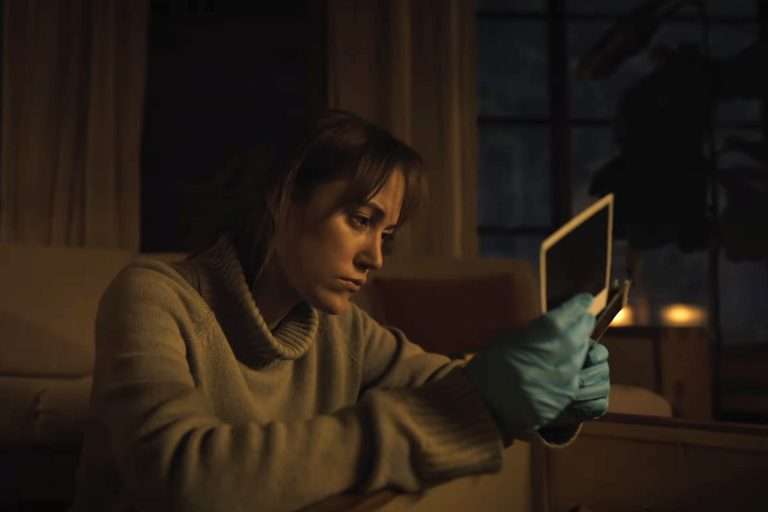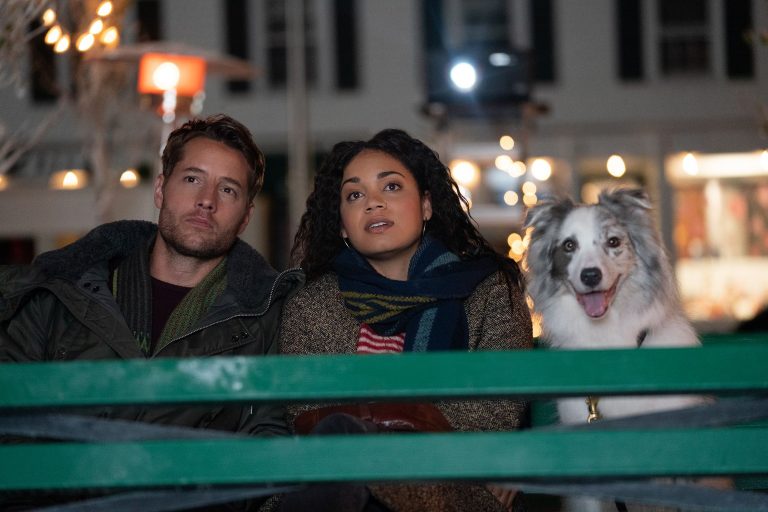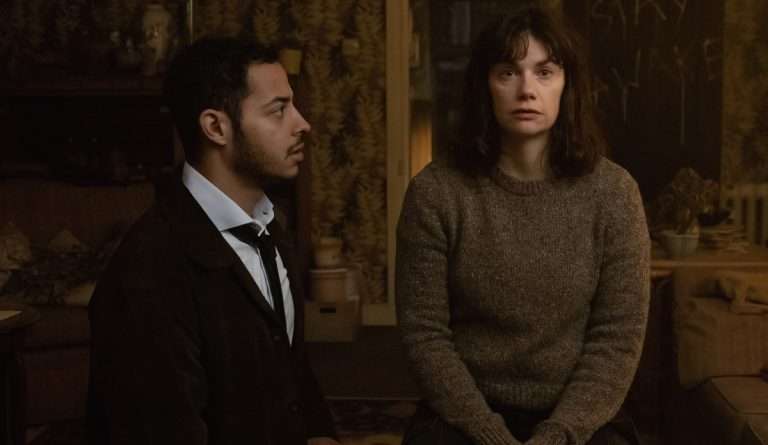Oriol Paulo is a name almost synonymous with the modern evolution of Spanish thrillers. With its glossy filmmaking, stylish visual textures, and unapologetic narrative swerves, his films have helped shape the landscape of Spanish cinema, one already world-renowned for its thrillers. In that league, “Timecrimes” (originally Los Cronocrímenes, 2007) stands out as a visceral and startling entry.
Directed by Nacho Vigalondo in his directorial debut—made on a shoestring budget of just USD 2.6 million—the film guides us through the paradoxes of time travel and causal loops without ever sinking into the very silo it uses as its enormous narrative backdrop. Starring Karra Elejalde in a star-making turn as an unassuming middle-aged man who discovers both his resilience and his impotence when trapped in a temporal loop, the film extracts its thematic weight from a strikingly minimal setup: one house, one lab, and barely four characters.
The film’s self-imposed limitations feel instinctive, not forced. The slick, documentary-style editing by Jose Luis Romeu, combined with the nervous pluck of Eugenio Mira’s score, ensures that “Timecrimes” never tips into heaviness or self-congratulation, despite its ambitious conceptual reach. Unpacking its structure and digging into its thematic layers is exactly the kind of cinematic exercise that demands an explainer. So here’s one.
Timecrimes (Los Cronocrímenes, 2007) Plot Summary & Movie Synopsis:
In the Spanish countryside, a middle-aged man named Héctor lives with his wife Clara in a house they are in the process of renovating. One day, Héctor receives a phone call, but when he answers, there’s no response. Scanning the forest behind their home with binoculars, he spots a young woman removing her T-shirt, exposing her breasts. Once his wife leaves to go shopping, he decides to investigate and finds the woman lying unconscious and naked in the woods.
What happens to Héctor in the woods?
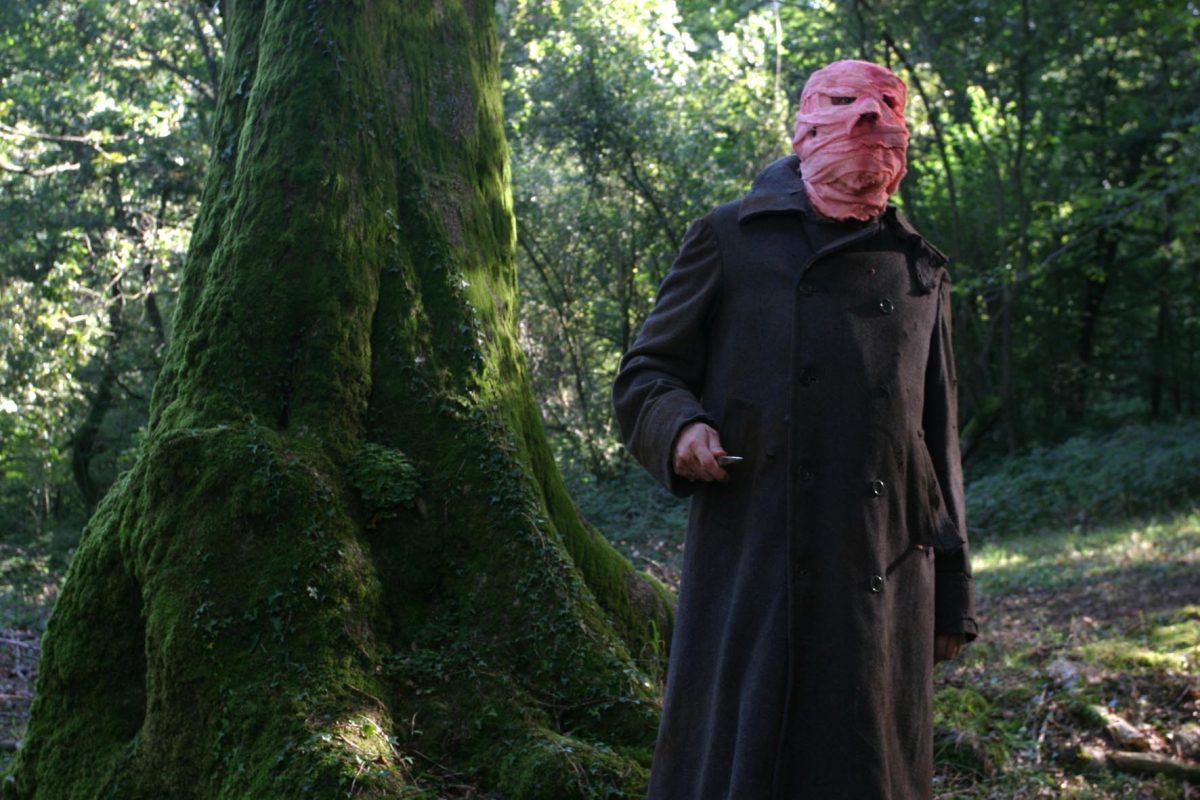
Suddenly, he is stabbed in the arm by a mysterious figure whose face is covered in bloody bandages. Héctor flees and breaks into a nearby building, where he contacts a scientist via walkie-talkie. The scientist warns him about the bandaged man and guides him to a secure location, eventually convincing him to hide inside a large mechanical device. When Héctor steps out, he realizes he has travelled approximately one hour back in time.
What does the scientist call Héctor?
The scientist explains that the machine is an experimental time device and refers to him as “Héctor 2.” He advises Héctor 2 to remain in place and allow the sequence of events to play out. At one point, Héctor 2 makes a phone call from the scientist’s house—this becomes the same mysterious call Héctor 1 had received earlier. Since he answers it himself, Héctor 2 hangs up. He recalls having received this same call an hour ago, putting the pieces together.
Who is the bandaged man?
Ignoring the scientist’s warnings, Héctor 2 drives off in a car and passes a cyclist—none other than the same woman Héctor 1 had seen in the forest. Chasing her, he’s run off the road by a van. He sustains a head wound and wraps it using the same bandage from his earlier injury. It dawns on him: he is the bandaged man.
When the woman approaches to check on him, Héctor 2 begins replicating events to ensure things unfold exactly as they had for Héctor 1. He coaxes her into undressing within sight of Héctor 1. When she flees, he chases and accidentally knocks her out. Héctor 2 places her naked body on the ground and stabs Héctor 1 in the arm upon arrival. The woman manages to escape.
Who does Héctor 2 believe he has killed?
Returning home, Héctor 2 hears a scream and gives chase to a woman who flees through the house and onto the roof. As he grabs her, she slips and falls to her death. From the rooftop, Héctor 2 sees the body and is horrified—he believes he has just killed his wife. He contacts the scientist over the walkie-talkie and convinces him to lure Héctor 1 to the lab, using the fear of a mysterious pursuer. Driving to the lab, Héctor 2 demands to go back in time one more time, even as the scientist reveals that there is already a Héctor 3, who had instructed him to stop this from happening.
Timecrimes (Los Cronocrímenes, 2007) Movie Ending Explained:
How does Héctor 2 become Héctor 3?
After removing his bandages, Héctor 2 persuades the scientist to send him back just a few seconds before his own previous arrival, thus becoming Héctor 3. He uses a van to ram Héctor 2 off the road, but crashes as well and is knocked unconscious. When he wakes, he informs the scientist that he failed to stop Héctor 2. He encounters the woman again and startles her into screaming, although she doesn’t recognize him.
What happens to Clara?
Since Héctor 2 hears this scream, Héctor 3 flees with the woman to his house. They get separated. Héctor 3 finds Clara and hides her, realizing what must happen—what has happened. He finds the woman, cuts off her ponytail, gives her Clara’s coat, and tells her to hide upstairs. Héctor 2 arrives, chases her onto the roof, and accidentally causes her death. Héctor 3 sits on the lawn with his wife as Héctor 2 drives away to the lab, completing the loop that will turn him into Héctor 3. Emergency vehicles are heard approaching in the distance.
Timecrimes (Los Cronocrímenes, 2007) Movie Themes Analysed:
The Tyranny of the Loop
“Timecrimes” isn’t the first film to use the endlessness of a time loop to unfold a thrilling narrative or dissect its inner threads. But it alters the form—and that changes everything. There’s no multiverse here where every situation or duplicate person yields alternate outcomes. Nor does the film confront any catastrophic aftermath. Instead, the characters begin to recognize that the loop is fate, and its structure must be obeyed—no questions asked. This brings the thriller down to a deeply human scale because Héctor is simply a middle-aged man who doesn’t want to hurt anyone, not even time itself.
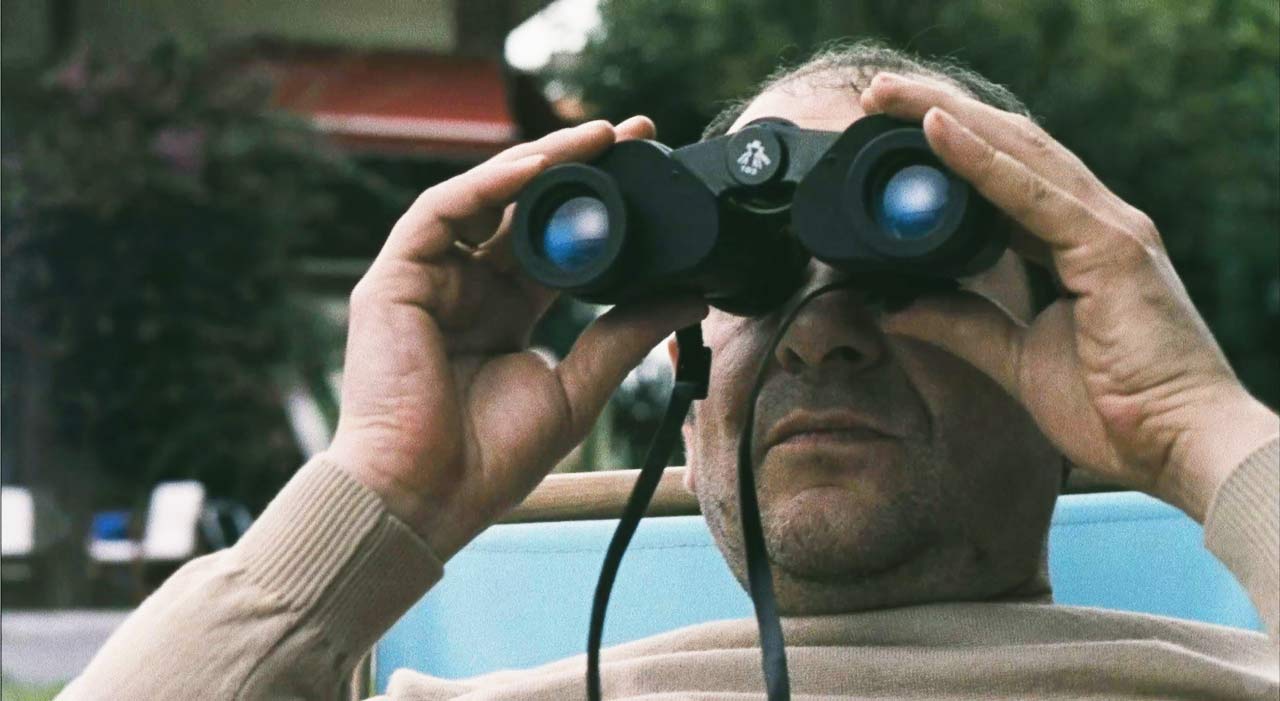
You keep watching, wondering what this new Héctor might do to save his wife from the pink-bandaged version of himself. And at first, it seems like he’s doing just that. But by the time the film draws to a close, it’s clear: this isn’t action—it’s submission. There is no real choice. The timeline has already been written.
And so the question raised becomes almost mythological: if every act of agency is retroactively mandated, is there any moral accountability left? If the film’s open ending suggests anything, it’s that while moral weight is diminished, it doesn’t vanish entirely. It is haunting to watch Héctor gradually realize that he is the cause of every consequence he fears—because, like us, he is an audience to his own domestic tragedy.
Misogyny as Causality
At the heart of the film lies a plot device that, in lesser hands, might’ve passed as a throwaway trigger—but here, it’s the entire point. Some may view it through the lens of passive male desire, not active misogyny—but the text says otherwise. Every trigger or temporal rupture begins the moment a nameless woman in a white T-shirt and red trousers is seen, undressed, pursued, impersonated, and accidentally killed. The original causality isn’t subtle: it begins when Héctor ogles her stripping from his garden through binoculars, keeping silent even as his wife stands beside him. Her body exists solely for consumption—she has no name, no identity, no arc.
What’s striking is how overt this objectification is. If the film aimed for conventional thrills, this would have been a glaring flaw. But within the logic of this loop, it’s a deliberate, discomforting choice—one that sharply reflects the film’s gendered framework. The woman must be stripped, endangered, and killed for time to “work.” Yet, due to the film’s icy, procedural tone, this fact almost slides by unnoticed, placing it within the larger tradition of media where female trauma is used as functional texture, not a subject of concern.
Science Without Ethics
One of the film’s starkest social critiques lies in its portrayal of science stripped of responsibility. The man in the lab—anonymous, calculating—never warns any of the three Héctors. He observes and enables. He lets the chaos run its course, even at the cost of his own safety. The question lingers: if the experiment is unauthorized, as he admits, why make no attempt to stop it? The answer is bleak—he’s enjoying it. Documenting the unraveling of his unwitting neighbor. The disaster, for him, is just a by-product.
This also positions the unnamed scientist as a layered meta-texture, simultaneously a stand-in for the director and the audience. As director, Nacho Vigalondo must orchestrate the action. As viewers, we too sit back and watch Héctor implode, unable to intervene. The film speaks to a larger discomfort in our data-driven reality: a world so obsessed with observing and recording that it forgets how to participate in the act of living.



![Hotel Mumbai [2019] Review: Go Check In](https://79468c92.delivery.rocketcdn.me/wp-content/uploads/2019/03/Hotel_Mumbai_HOF-768x403.jpeg)
